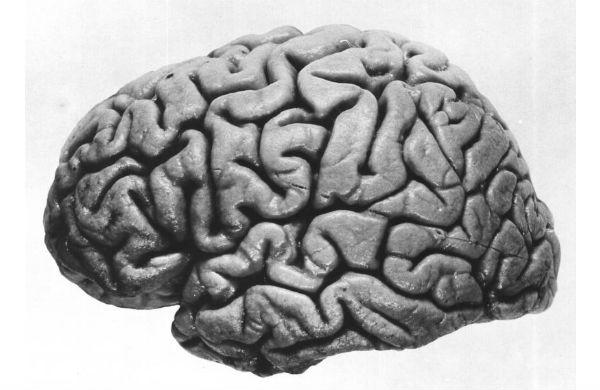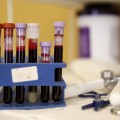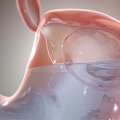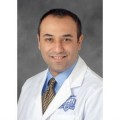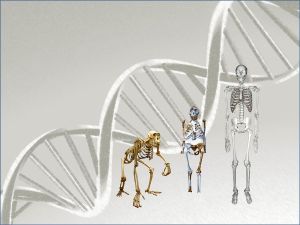Pain physicians in the United States are turning to neurostimulation to treat chronic and acute pain in an effort to combat the opioid epidemic. The global neuromodulation devices market is expected to reach $7.07 billion by 2018, up 270 percent from 2011, according to a recent report by Transparency Market Research. Neurostimulation is a drug-free therapy that uses mild electrical pulses to activate and stimulate nerves to achieve pain relief.
“We’re seeing a greater desire among physicians to use drug-free therapies such as neurostimulation for the relief of chronic and acute pain,” said Maria Bennett, SPR Therapeutics founder, president and CEO. “Opioids have almost no long-term efficacy data and are known to cause abuse, addiction and death. Neurostimulation is a safe, effective treatment for sustained pain relief.”
The annual cost of chronic pain in the United States is as high as $635 billion a year, which is more than the yearly costs for cancer, heart disease and diabetes according to a study by the American Pain Society. Currently, opioids are the primary treatment option for moderate-to-severe chronic and acute pain. However, innovative technologies like the FDA-cleared Sprint Percutaneous Peripheral Nerve Stimulation (PNS) system from SPR Therapeutics, are offering physicians important drug-free treatment alternatives.
The Sprint PNS system includes a threadlike lead and a wearable stimulator about the size of an Apple Watch device. The lead is placed percutaneously, or through the skin, via a fine needle and connects externally to the wearable stimulator. The stimulator delivers electrical stimulation through the lead, which activates peripheral nerves to achieve pain relief.
Sprint is unique in that it enables lead placement as far as two to three centimeters from the targeted nerve, allowing physicians to preferentially stimulate specific fibers of the nerve to maximize pain relief. This innovative approach to PNS does not require surgery or a permanent implant, meaning there is no tissue destruction as the system is designed to be withdrawn at the end of the treatment period.
A physician can place the system during a short outpatient procedure without anesthesia. Because Sprint is minimally invasive and completely reversible, physicians may use it earlier in a patient’s treatment process in an effort to reduce or eliminate the need for opiates and to avoid costly alternatives in managing acute and chronic pain.
